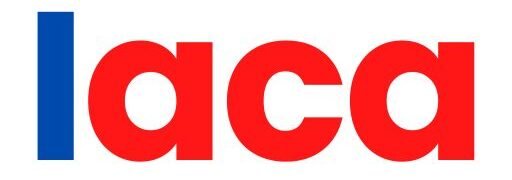Acquiring a position as a skilled worker in America with visa sponsorship is a long-attained goal for most international professionals. By 2025, it is imperative for individuals to grasp the current employment landscape with immigration policies and strategies to maximize success in their work pursuit in the U.S. This article highlights highly in-demand sectors, promising visa types, and some crucial steps geared toward getting a job sponsored by a visa in the U.S.
High-Demand Industries Offering Visa Sponsorship
There are quite a few talent-shortage-facing U.S. industries that are likely hiring a large number of international skilled workers with visa sponsorship. The technology and IT sector is fast growing and hence, are prone to roles like software developers, cybersecurity analysts, and data scientists.
Companies like Amazon, Microsoft, and Google are among the top companies sponsoring foreign workers under different employment visas, although their largest sponsored workers are from the H-1B program. The healthcare area has fairly well continuous demand for qualifications.
Doctors, nurses, medical technicians, and other health people become ever more in demand in view of the increasing healthcare needs of a growing and aging U.S. population. As international medical professionals become unavailable, hospitals, private clinics, and healthcare networks often sponsor them in shortage situations.
Engineering is the other major field as the U.S. is still heavily investing in infrastructure and innovation. Civil, mechanical, electrical, and software engineers are well in demand across both public and private sectors. Employers would be eager to welcome foreign experts into their teams to jointly advance technology and infrastructure.
In the finance sector, accountants, financial analysts, and investment consultants are just three of the many roles falling under high demand in multinational banks and investment institutions. These often look forward to international professionals who possess the global vision and knowhow on emerging markets.
Typical Visa Categories for Skilled Workers
H-1B is one of the most common visa options for skilled professionals. This visa is essentially targeted for jobs that require at least a bachelor degree or equivalent experience and characteristically covers occupations in the fields of tech, engineering, health care, and finance.
- The L-1 visa also incorporates such petitions and transfers from all offices outside the U.S. to branches or lunch partners in the United States for companies whose foreign offices are transferring employees to their American outposts. It’s a better option for higher professionals with specialized knowledge working for a multinational firm.
- Share this with someone whom you think would be a good fit for this kind of work. The O-1 category is for persons with extraordinary abilities or achievements in their field and falls under the following categories-science, education, business, or athletics. O-1 is highly popular among legally-trained professionals, researchers, and performers.
- The procedure to get a visa-sponsored occupation is beginning by checking the U.S. companies that have a prior history of sponsoring foreign workers. Such employers usually operate in industries in constant need of talent and know the ins and outs of the visa application process.
- After identifying potential employers, you should customize your resume and cover letter to highlight your expertise, relevant experience, and the additional value you bring to the organization. U.S. employers want a clear articulation of how you meet their requirement.
- It’s essential to know the visa process. You must be clear on documentation, deadlines, and requirements regarding the visa category under which you are applying. This knowledge is useful when talking to prospective employers, but more importantly, it prepares you to jump on any opportunity as soon as it comes.
- Networking is vital. Make new connections through professional platforms like LinkedIn, attend industry webinars, and engage hiring managers or company representatives as often as you can. A personal referral can make a lot of difference in creating an impression for hiring.
- Preparation for interviews should be exhaustive. Get to know the company, what its values stand for, and how you can describe your talents as a match for their needs. Exude enthusiasm for the opportunity to work in the U.S., with an open, professional discussion about visa sponsorship.
Navigating Policy Changes and Economic Conditions
Staying abreast of U.S. immigration policy changes is critical since visa rules and quotas may ebb and flow depending on political and economic conditions. For instance, different presidential administrations may vary the number of visas available, the eligibility criteria, or the amount of time taken for processing.
The actual state of the economy has an effect too. In a booming job market where companies find themselves in expansion mode, there are greater chances of sponsorship for international workers. Whereas during a slumping economy, sponsorship may see more competitors as employers tend to employ cutthroat cost-cutting measures.
What Remains
Getting a skilled worker job with visa sponsorship on the list in 2025 is competitive, but it’s possible. Focusing on industries that are in high demand, preparing in a way that will ensure you’re considered for sponsorship, and keeping your ear to the ground on immigration policy as well as trends in the job market can improve your chances manifold. Be it in tech, healthcare, engineering, or finance-there is work for talented international practitioners ready and willing to share their skills with the U.S. workforce.




